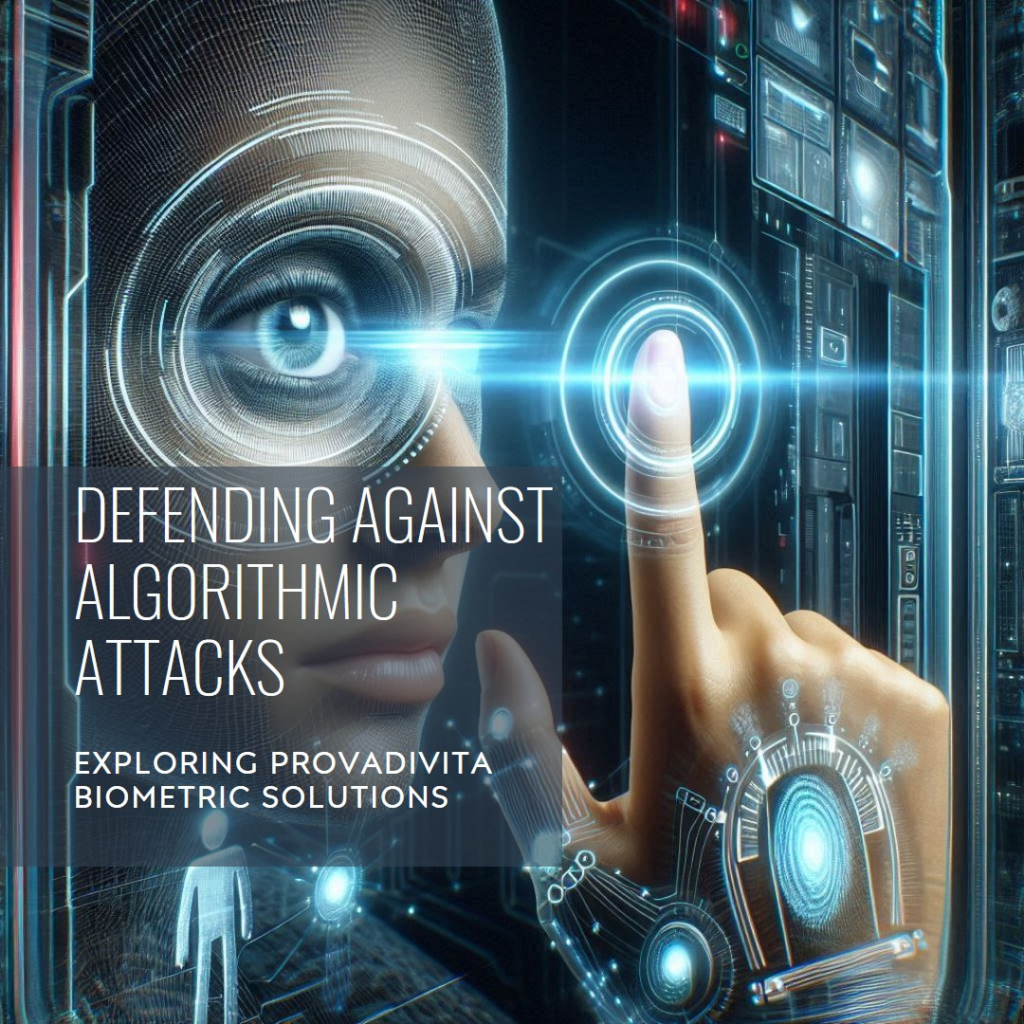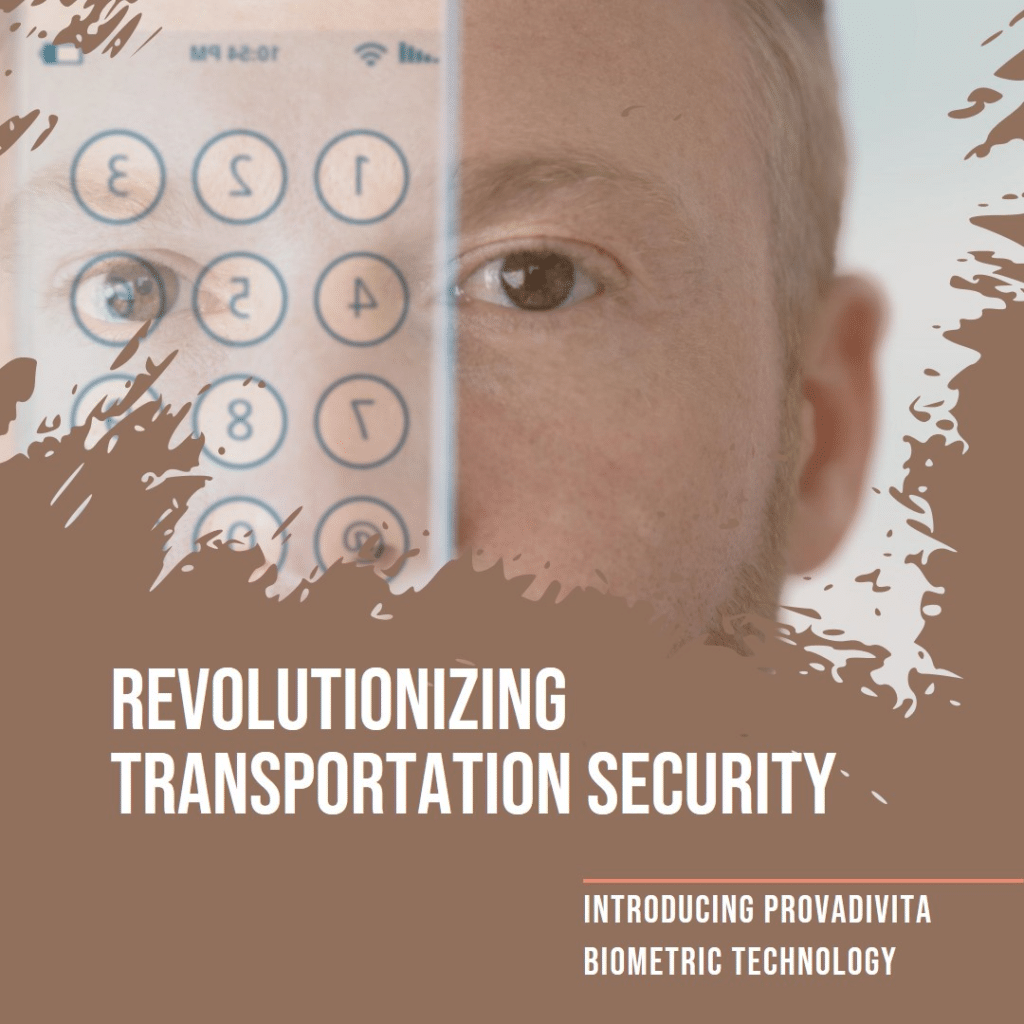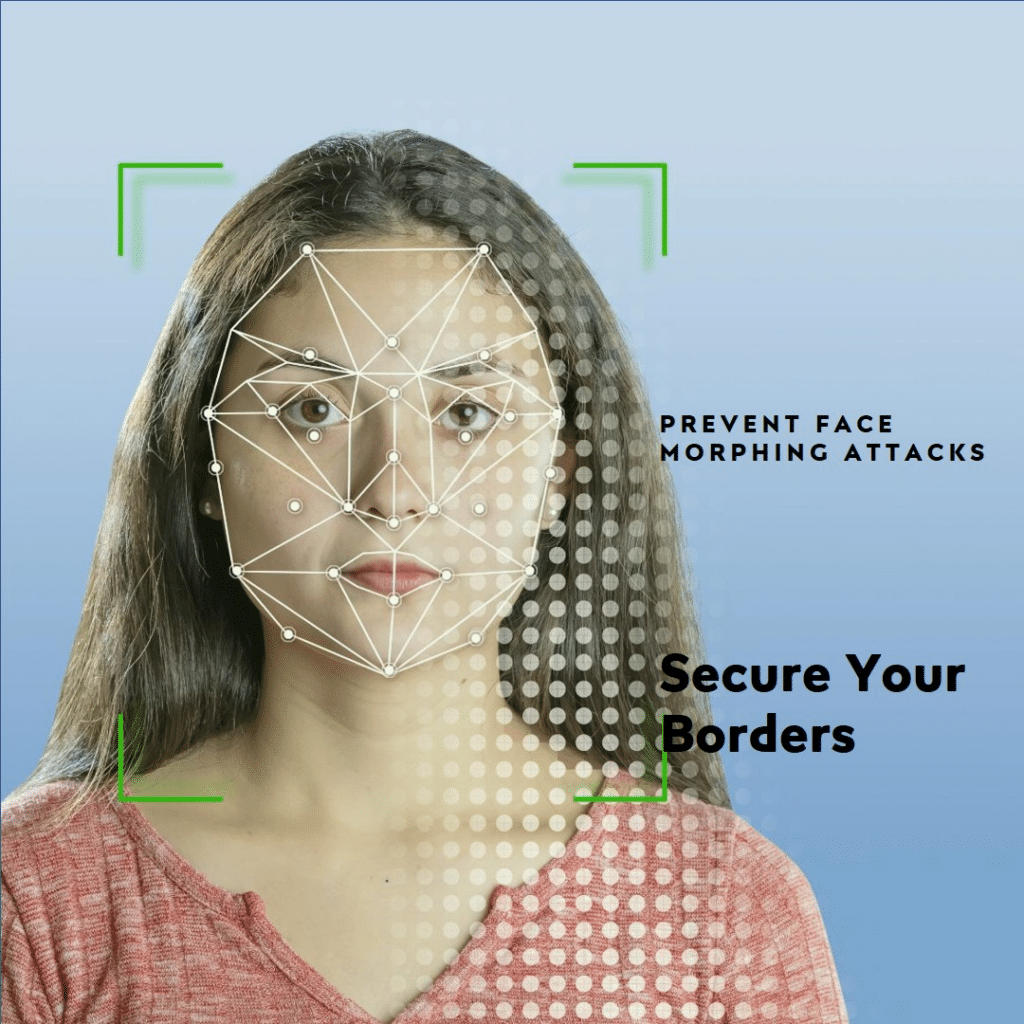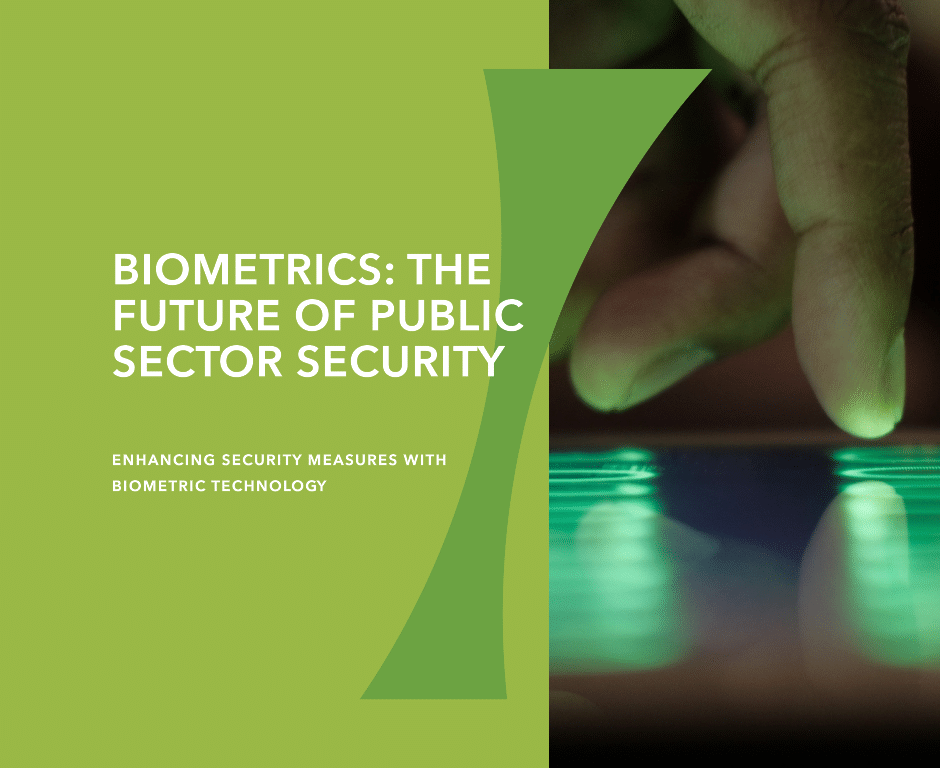Meta pushes common online age of majority in EU, Brazil cracks down on Instagram

Meta has published a statement in support of proposals to establish a common Digital Majority Age across EU member states, “whereby parents need to approve their younger teens’ access to digital services, including social media.” It lists three guiding principles. First, an approach that centers parent approval of app downloads for users under 16. “Regulation […]
The AI-Fueled Fraud Frenzy: A Growing Threat to Businesses and Governments

The rise of AI-enabled fraud represents a significant and evolving threat to businesses, governments, and individuals alike.
Provadivita Biometric Algorithmic Defenses to Algorithmic Attacks

The Provadivita framework represents a proactive, multi-layered approach to fortifying biometric algorithms.
Provadivita Biometric Technology: A Game Changer for Transportation Security

Provadivita biometric technology represents a significant advancement in transportation security, offering unprecedented levels of safety, efficiency, and convenience.
Provadivita Biometric Identification and Verification for High-Value Transactions

Provadivita’s biometric identification and verification solutions provide a robust and reliable means of securing high-value transactions.
Frictionless Identity Verification

Provadivita’s innovative biometric identification and authentication platform offers seamless, secure, and frictionless identity verification methods across various industries.
Biometric Identification and Authentication to Manage Face Morphing Attacks in Border Control

Face morphing refers to the technique of combining multiple facial images to produce a new image that has characteristics from each of the original faces.
How Can Biometrics Improve Security Measures in Public Sectors?

Biometrics presents a transformative opportunity to enhance security measures within public sectors.
Behavioral Biometrics as a Game-Changer in Fraud Prevention

The convergence of behavioral biometrics with other technologies—such as artificial intelligence, machine learning, and data analytics—will open new avenues for understanding and mitigating fraud risks.